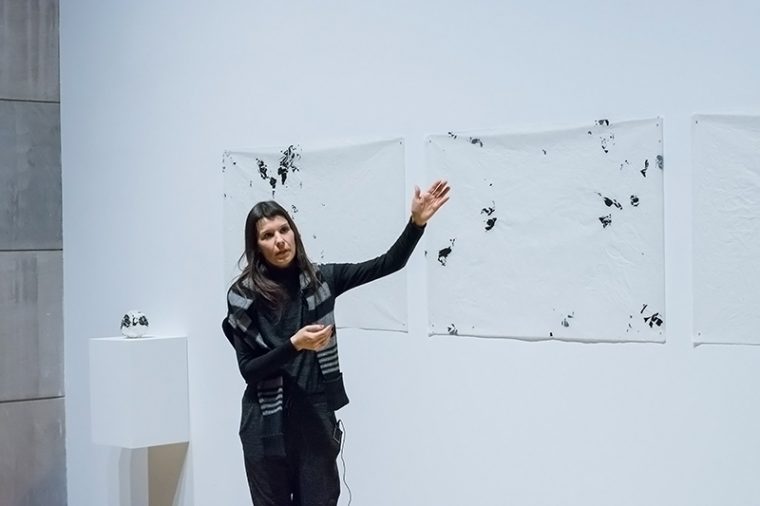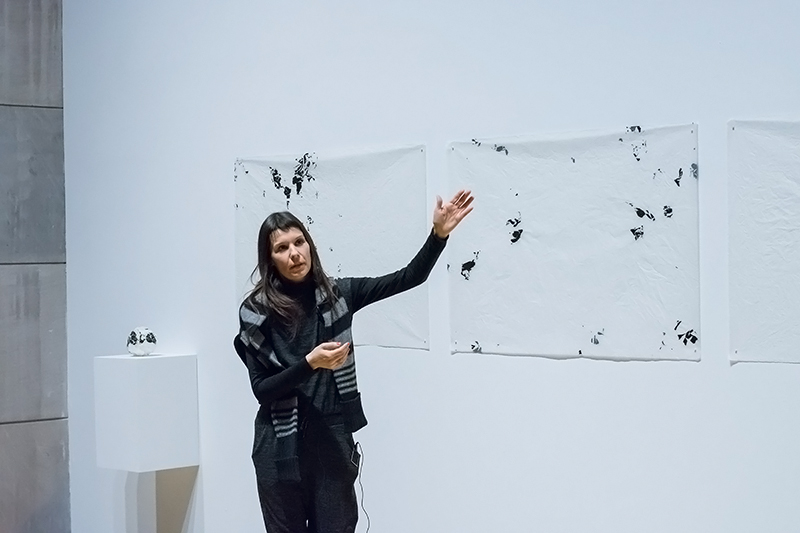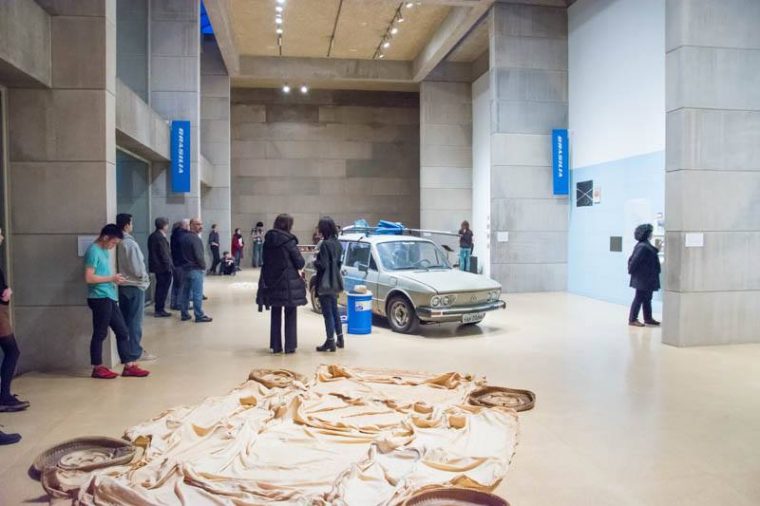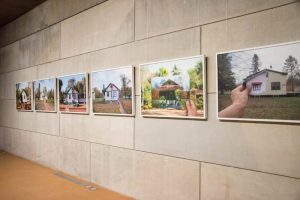New Center for the Arts Exhibition Explores Duality


In the Ezra and Cecile Zilkha Gallery sits an old Volkswagen Brasília, surrounded by a sampling of artwork in all different mediums. This the Center for the Arts’ latest exhibition, Stereoscopic Vision, which fuses photography, sculpture, and video from different bodies of work by Brazilian-born artist, Clarissa Tossin. Stereoscopic Vision highlights the dualities between natural and manufactured; two and three-dimensions; co-dependent economies; intention and actuality; and the United States and Brazil.


For Tossin, who is based in Los Angeles, this is her first solo exhibition in the northeast. Tossin considers herself a multimedia artist. “I work with installation, video, photography and sculpture in an expansive way, which allows me to incorporate other mediums to the work and move freely among these disciplines” she explained. “I’m interested in looking at architecture, not only from its physical qualities, but the ways it signifies and is used.”
Besides this exhibition, Tossin is preparing to shoot a new film called Maya Blue, which will premiere in September at Pacific Standard Time: LA/LA, a Getty Foundation initiative that explores the connections between Los Angeles and Latin American art. “The film examines the influence of Mayan architecture on Frank Lloyd Wright’s Hollyhock House, an important LA landmark,” she said. “The piece will document a performance responsive to the site, in which a woman engages with the house’s architectonic features with choreography drawn from ancient Mayan traditions.”The free
The free exhibition is on display through Sunday, March 5. The Zilkha Gallery is open Tuesdays through Sundays from noon to 5 p.m. Additionally, Wesleyan artists in music, poetry, and dance are participating in IN STEREO, a series of pop-up performances that are related to or inspired by Tossin’s work. The Feb. 21 performance spotlights dancers and choreographers.

